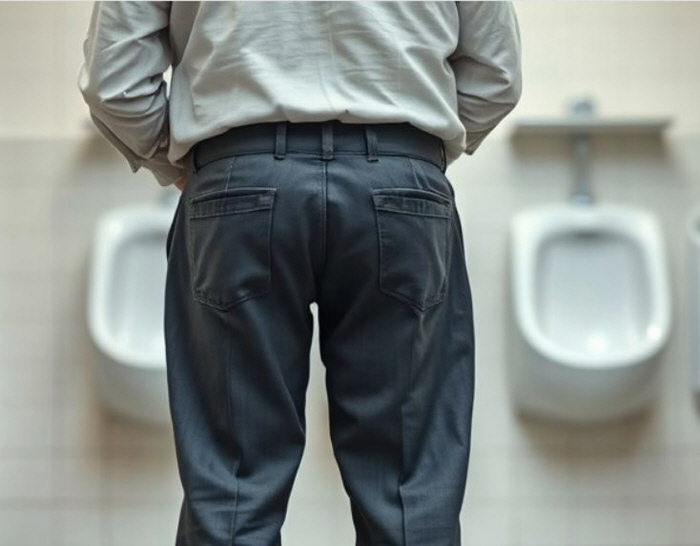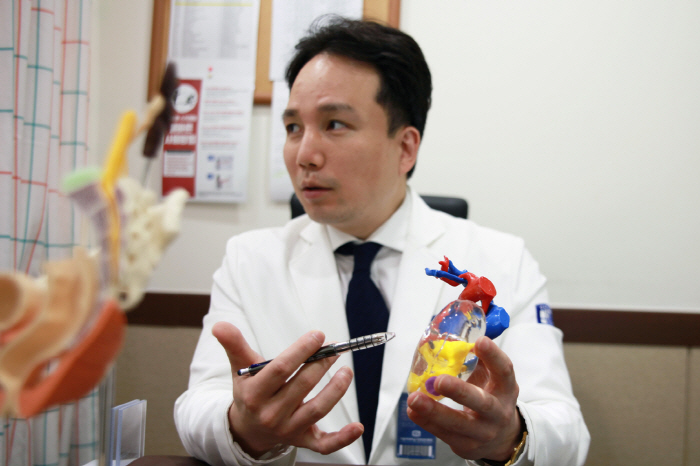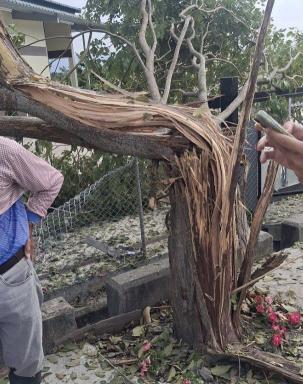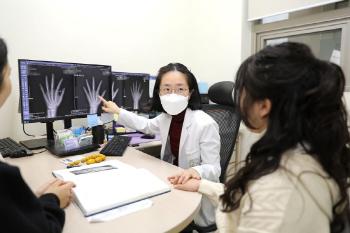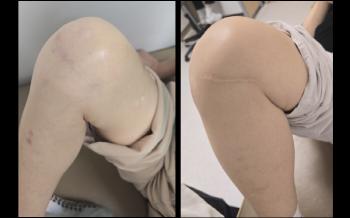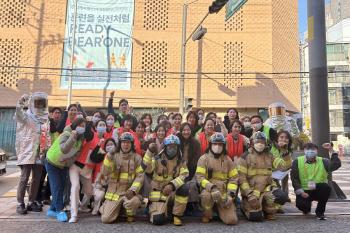7 out of 10 patients in their 60s and 70s...A family history triples the risk of developing an outbreak
|
Prostate cancer, which occurs only in men, ranks second among all male cancers in Korea.
It is also one of the fastest growing cancers in Korea.
The problem is that the diagnosis is late because there are few symptoms in the early stages.
When symptoms are found, it is likely to be already in progress, so regular checkups are important along with improving eating habits and lifestyle.
◇ Prostate cancer patients surged 2.3 times from 10 years ago...You need to be examined once a year for those over 50 years old
According to data from the Health Insurance Review and Assessment Service, a total of 144,661 patients received prostate cancer treatment last year. It is about 38.5% higher than in 2020 (104,483).
This is a 2.3 times increase from 10 years ago (62,256).
As of last year, the majority of elderly patients were in their 70s with 44.3%, followed by those in their 60s (27.8%), and those over 80 (27.5%).
Compared to 2020, the number of people aged 80 or older surged 60.5%, an increase of 38.3% in their 60s and 33.9% in their 70s.
This is considered to be the main reason for the aging population, the increase in screening, and the westernization of eating habits and lifestyle patterns.
The cause of prostate cancer is unclear.
However, several studies suggest that male hormones are closely related to cancer incidence.
Professor Kim Jung-joon of the Department of Urology at the Catholic University of Korea's Incheon St. Mary's Hospital responded, `Prontal cancer is known to occur mainly in patients with genetic sensitivity, and overweight, lack of exercise, and dietary imbalance are also risk factors.' If you have a family history, you have about three times higher risk of developing it than the general public, so it is recommended to start regular check-ups from the age of 40. Even if you don't have a family history, if you are over 50 years old, it is recommended to have a regular checkup once a year."
According to a study, it increases about twice as much when the father is a prostate cancer patient and about three times as much when the brother is a patient.
◇Initial survival rate is over 96%, but it is detected late because there are no obvious symptoms
Prostate cancer is often discovered by accident while undergoing other tests and treatments because there are no obvious symptoms in the early stages.
It is often too late when you feel symptoms. Urine stems weaken or wake up frequently at night to go to the bathroom, and sometimes symptoms such as blood mixing in urine may appear.
Prostate cancer progresses relatively slowly, but when metastasis occurs, it spreads well to the bones.
When it spreads to the bone, it can cause extreme pain, fractures, and complications such as paraplegia during spinal metastasis.
The survival rate of early prostate cancer is known to be very high at 96.4%, but it is less than 50% for stage 3 or higher.
The diagnosis is made with Prostate-Specific Antigen (PSA) blood tests. PSA is a protein secreted by the prostate, and when cancer cells increase, blood levels increase.
Treatment depends on the degree of cancer progression and metastasis. Robotic surgery (robot-assisted radical prostatectomy) is a typical treatment for local prostate cancer.
It has a small incision range and a short bleeding and recovery time, which can reduce complications, and has become a primary treatment that increases long-term survival and the likelihood of a cure. If the cancer is further advanced, radiotherapy is the standard treatment, and in metastatic prostate cancer, various treatments such as medication such as androgen receptor inhibitors and radiotherapy are combined.
◇Must manage eating habits and lifestyle habits...30% lower chance of developing it with regular exercise
To prevent prostate cancer, diet and lifestyle management are essential. It is recommended to reduce excessive fat intake such as meat and maintain a balanced diet along with fish, legumes, and vegetables.
According to the recommended daily diet, it is recommended to eat more than 150g of tomato or processed food (one paper cup), 100g of broccoli or cabbage, 200ml of tofu half hair or soy milk, a handful of nuts (such as walnuts, almonds) (20-30g), and twice of whole-grain rice (brown rice, oats, barley), and fish (especially salmon and mackerel) more than twice a week, 150g.
Regular exercise also helps prevent cancer. Studies have shown that people who exercise regularly have a 30% lower probability of being diagnosed with prostate cancer.
This is because it is effective in maintaining hormone balance and improving metabolic health.
Aerobic exercise such as walking, jogging, and cycling is recommended for more than 30 minutes a day and 5 times a week, and strength training such as weight training is appropriate for more than 30 minutes a day and 2-3 times a week.
Professor Kim Jung-joon said "We can prevent prostate cancer and increase survival rates through lifestyle improvements and regular check-ups."Early detection of prostate cancer is directly linked to the treatment success rate, even if there are no symptoms." Since 2019, prostate MRI tests have been included in health insurance, allowing non-invasive prediction of cancer even before biopsy. "If you visit hospitals and clinics without fear of testing and actively treat them, most of them can survive for a long time," he advised.
|
This article was translated by Naver AI translator.
